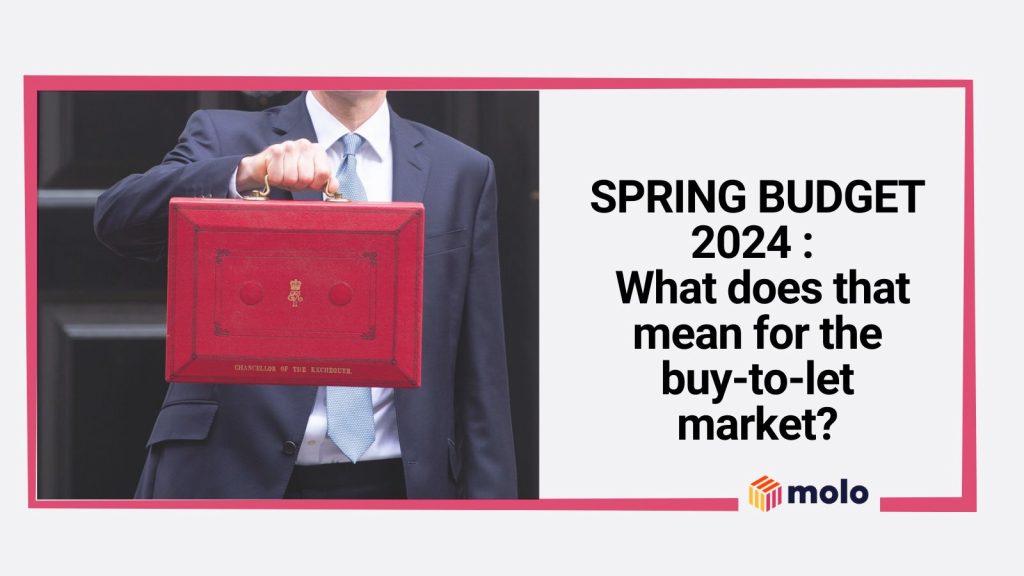Buyers of property have paid stamp duty for generations, and it’s the oldest form of tax still collected by the Inland Revenue. From its inception in 1694, right up until the present day, the majority of people in the UK need to pay stamp duty when they buy a new home, including buy-to-let landlords.
Stamp duty is practically one of life’s certainties if you’re buying a second house. And controversial changes in 2016 meant that all second-home purchasers (many of which were landlords) were required to pay an extra three percent when completing.
Therefore, it’s safe to say that the relationship between landlords and stamp duty is an uneasy one. Sometimes it’s a confusing one, too, with buy-to-let investors needing to keep up with the seemingly ever-changing world of Stamp Duty Land Tax.
Whether you’re new to investing in bricks and mortar or are a seasoned landlord, you may have some questions regarding the stamp duty process and everything it entails. That’s why we’ve put this handy guide together, informing you all about stamp duty for landlords.
Contents:
- A brief history of stamp duty
- What is stamp duty?
- The difference between residential and buy to let stamp duty
- What is the stamp duty holiday?
- Stamp duty rates
- What effect has the stamp duty holiday had on buy to let?
- Are there any exempt properties?
- What about overseas investments?
- When do you have to pay stamp duty?
- Can you claim against stamp duty?
A brief history of stamp duty
Most people think of Venice, Italy, as a place for romantics full of eye-catching architecture and flowing canals. But did you know that we can also thank it for the birth of Stamp Duty? So, yeah. Thanks, Venice.Paying duty on properties is thought to have originated in Venice in the early 1600s, and it found its way to the UK just under one-hundred years later in 1694. Fast-forward to 2021, and here we are, paying stamp duty on the majority of property purchases.
What is stamp duty?
Anyone who buys a property or a piece of land over £40,000 must pay Stamp Duty Land Tax (SDLT) in England and Northern Ireland. The more expensive your purchase, the higher the stamp duty incurred on the property.
Much like council tax, stamp duty is calculated in different bands – the higher the home price, the more stamp duty you pay. You will need to pay stamp duty regardless of your reason for buying a property: stamp duty is required on residential homes, second houses and buy-to-let properties over a specific amount.
The difference between residential and buy to let stamp duty
While stamp duty is due on all purchases over £40,000, there are some key differentiators between residential purchases and second homes. It’s also important to note that any property bought to rent it out is classified as a second home.
As of 2016, all second-home buyers were required to pay three percent extra in stamp duty when they bought a property. That meant anyone buying a home in addition to their primary residence or purchasing somewhere as a buy-to-let investment was required to pay extra.
All residential purchases, however, are exempt from paying the surcharge on stamp duty. This includes people moving from one house to another and first-time buyers.
The landscape has also changed somewhat in the last 12 months for all property buyers with the introduction of the stamp duty holiday…
What is the stamp duty holiday?
In July 2020, Chancellor of the Exquisitor Rishi Sunak introduced a stamp duty holiday to reignite the property market after its hibernation during the first lockdown. What followed was an uptick in demand for homes as people looked to transact before the original deadline on March 31, 2021.
Under the new, temporary stamp duty rules, homebuyers are exempt from paying any duty on the first £500,000 of a home (previously £125,000 and £300,000 for first-time buyers), whether it’s their first home purchases or they’re moving along the property ladder.
Second-home buyers, including landlords, have also benefited from the changes. There is still a requirement for the three percent surcharge, but the final amount due is e significantly lower thanks to the increase of the entry price point for stamp duty.
That means you can save anything from hundreds to thousands of pounds if you’re buying an investment house. It’s safe to say that the holiday has been a hit. So much so that house prices saw an 8.5 percent rise in 2020, and it’s now been extended until June 30th, with the band at which stamp duty is paid then raised until October before returning back to £125,000.
Stamp duty rates
Knowing that you can save thousands of pounds sounds great. But just how much will a buy-to-let house cost under the current stamp duty holiday, and how does it compare pre-holiday? Below, we’ve detailed stamp duty rates, pre and post-holiday, to give you a clearer idea of what you can expect to save.
Stamp duty holiday rates
| House price | Standard rate | Buy-to-let/second homes |
| Up to £500,000 | 0% | 3% |
| £500,001 – £925,000 | 5% | 8% |
| £925,001 – £1.5m | 10% | 13% |
| £1.5m+ | 12% | 15% |
Pre-stamp duty holiday rates
| House price | Standard rate | Buy-to-let/second homes |
| Up to £125,000 | 0% | 3% |
| £125,001 – £250,000 | 2% | 5% |
| £250,001 – £925,000 | 5% | 8% |
| £925,001 – £1.5m | 10% | 13% |
| £1.5m+ | 12% | 15% |
What effect has the stamp duty holiday had on buy-to-let?
Under the stamp duty holiday, landlords can save up to a third on the cost of stamp duty thanks to the holiday. Unsurprisingly, this has led to a surge in buy-to-let purchases, with first-time landlords and seasoned pros taking advantage of the reduced prices. In December 2020, the number of buy-to-let landlords reached an all-time high of 2.7m.
That’s an increase of 49 percent, which is even more impressive when you consider the initial changes to stamp duty and phasing out of mortgage relief. It paints a picture of landlords finding ways to adapt and thrive in what is now a buoyant housing market.
Combined with low-interest rates, the stamp duty holiday has given landlords a spring in their step, and the sector is going from strength to strength after initially being on the backfoot in 2016 when the last major changes to stamp duty came into effect.
Are there any exempt properties?
The good news is that there are some stamp duty exemptions for landlords. The bad news is that they’re unlikely to apply to your purchase unless you’re buying a very low-priced property. Houses priced under £40,000 are exempt from stamp duty on second-purchase homes.
However, with the UK average house price currently £251,000, it might be tricky to find a home that falls into this price category. Caravans, mobile homes, and houseboats are also exempt from stamp duty.
Landlords who set up limited companies are also liable to pay stamp duty. While having a limited company can save you from having to pay higher taxes in some cases, it doesn’t make any difference when it comes to stamp duty-related charges.
What about overseas investment?
Previously, overseas buyers paid the same stamp duty on buy-to-let homes as residential purchasers. However, from April 1, 2021, that’s all set to change. There will be a two percent stamp duty surcharge introduced for those buying from abroad on the purchase of residential all homes in England and Northern Ireland, including buy to let.
That means non-resident buyers purchasing homes to live in and rent out will be required to pay an extra two percent, whether they’re a company or an individual. The surcharge is in addition to the current three percent if the property is bought for buy-to-let purposes.
When do you have to pay stamp duty?
Stamp duty payments take place at the end of the purchase, and you have 14 days to file a Stamp Duty Land Tax (SDLT) return and pay the amount due. Failure to submit a return within 14 days could leave you at risk of penalties and interest from the HMRC.
In most cases, your solicitor takes care of everything concerned with stamp duty. That includes making the payment on your behalf, though you can do it yourself. Regardless of who makes the payment, it’s your responsibility to ensure that everything is submitted on time.
Can you claim against stamp duty?
You can only reclaim stamp duty if you’re eligible for a refund. This typically involves buying a property that isn’t immediately habitable upon completion and doesn’t fall under a dwelling for the purposes of the Finance Act 2003.
Essentially, this means taking a second mortgage on a property officially declared “uninhabitable” could mean you’re eligible for a refund on any stamp duty you have already paid in regards to the home. If you think you could be eligible, it’s worth seeking legal advice to confirm if you fit the criteria. For anything else, however, it’s not possible to claim back the cost of stamp duty.
Summary
Stamp duty plays a pivotal role in the home-buying process, including buy-to-let houses. As a landlord, it’s vital that you know the ins and outs, so you can feel confident making your purchase and ensure you stay within budget. Hopefully, with our guide, you’ll have all the information needed about stamp duty and can look forward to buying a buy-to-let investment house.



